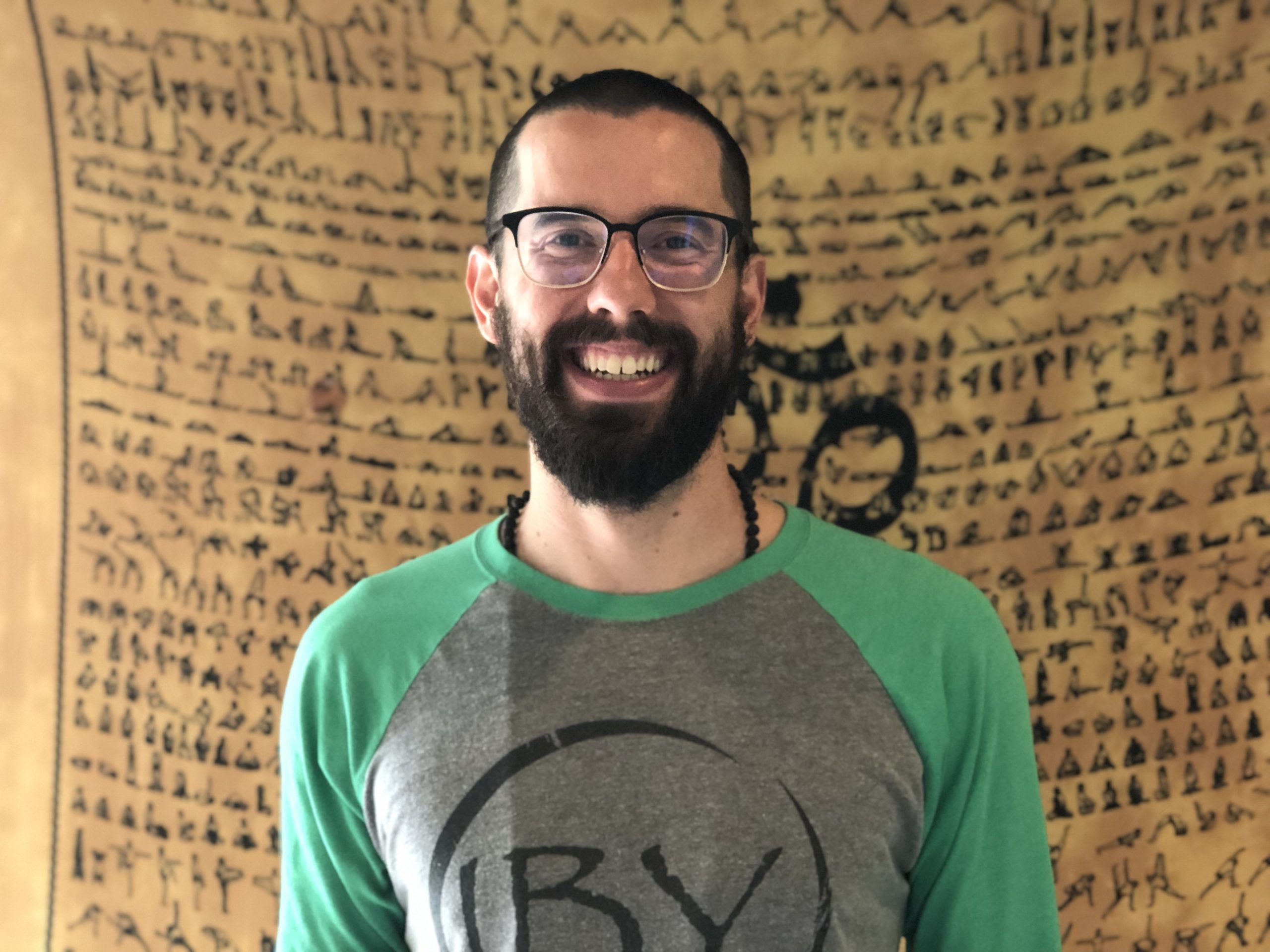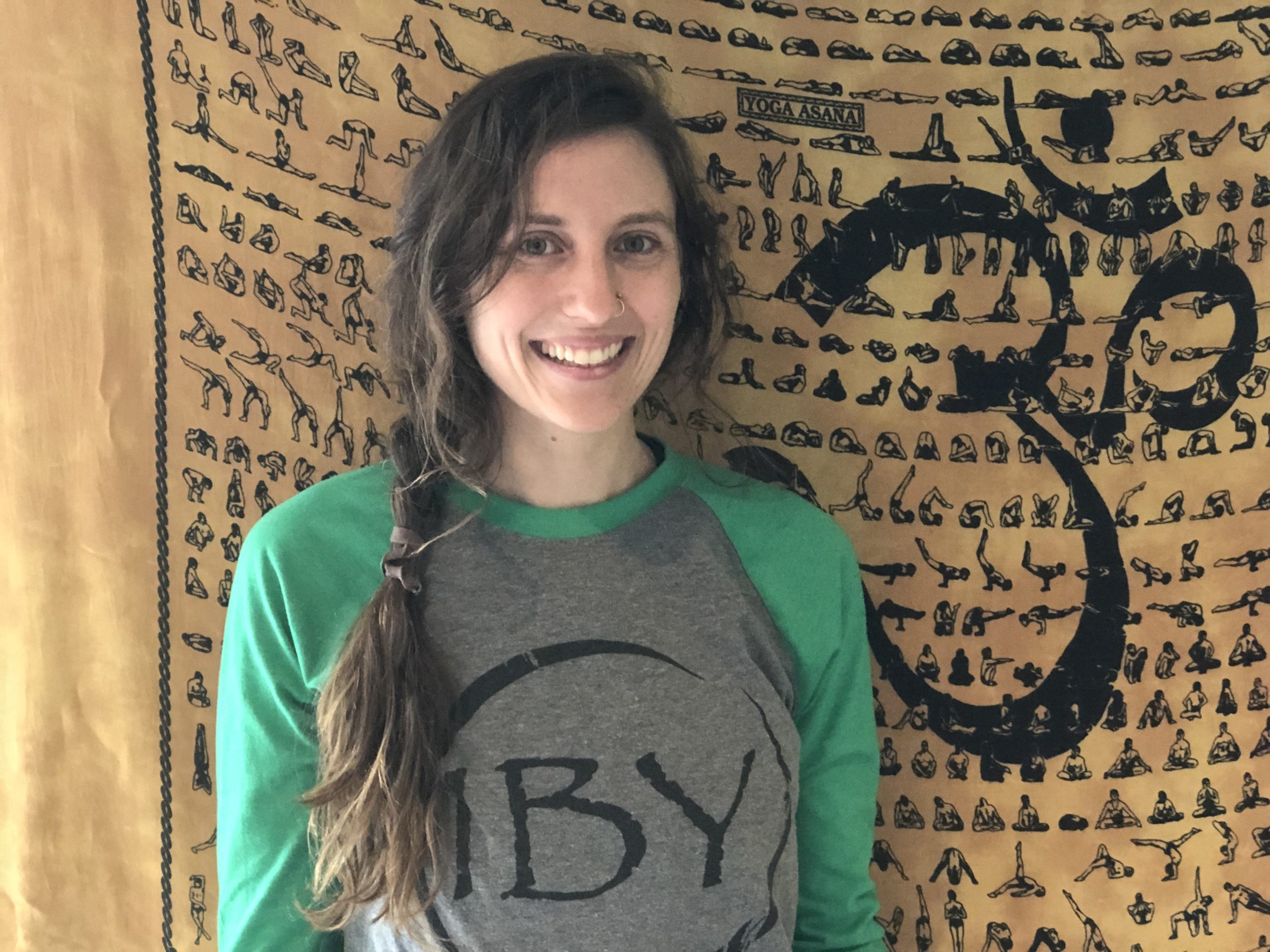The Kunga Yoga Inspiration of the month is volunteering. The heart of Kunga Yoga lies in approaching yoga as a path of service, with opportunities to view our personal practice as a time for self-inquiry and growth, so that we are more available to then serve others. All Kunga Yoga programs work to raise awareness for orphanages in developing countries.
The healing power of service
Please enjoy the following reading on the benefits of service, written by Edward V. Brown, published on www.SelfGrowth.com. Please also see below for information on Kunga Journeys India, and contact your Wilmington Yoga teacher for volunteer opportunities in your local area.
The healing power of service
By Edward V. Brown
A few years ago in a small rural town in Oregon, USA, a teenage boy died in a drowning accident. In all likelihood his death could have been prevented if an ambulance and trained medical personnel had been available. However, this small town was too poor to afford these services.
The boy’s mother grieved for the loss of her son, but she also transformed her grief into a service to her community. While she could not regain her son, she worked to prevent a similar tragedy. This woman trained and became an Emergency Medical Technician. After completing her training she raised money to purchase an ambulance and trained volunteers to help her. It is estimated that this volunteer ambulance service has saved the lives of over 100 people that might have died, as her son did, due to a lack of emergency care. When interviewed, this woman said, “It’s easier to forget your own loss when you are busy helping others.”
The Physical + Psychological Benefits of Volunteering
Medical scientists are beginning to discover what this woman already knows: that there is healing power in helping others. This new field of specialization, psychoneuroimmunology or PNI for short, researches the power of the mind to influence health and healing. This research has produced some startling results. IgA is an antibody that helps the body defend itself from infection. Harvard psychologist David McClelland measured this antibody in students before and after watching a film on Mother Teresa, the Nobel Prize laureate, for her work helping the homeless. Dr McClelland found that merely watching a film on selfless service strengthened the immune response in the students.
While Chinese and Indian medicine have long considered the mind and the body as inseparable, Western science since the time of Descartes has viewed the mind and body as separate unrelated entities. The PNI research is providing concrete evidence that this separation is artificial and erroneous. Studies have traced direct neurological pathways between the brain and the immune system. This research shows that the immune system, consisting primarily of several types of white blood cells, is controlled by the nervous system and that the white blood cells in turn are capable of transmitting chemical messages back to the brain.
Many health statistics demonstrate that the mind can influence the body. Stressful life events such as the death of a spouse, divorce, or loss of employment greatly increase your risk of becoming ill. In the words of Hans Selye MD, “What we call ageing is nothing more than the sum total of all the scars left by the stress of life”.
The so-called Type A personality is an example of how the way we think and act affects our health. Type A individuals tend to move and react quickly. They may do two things at the same time and find it difficult to relax. These hard driving, hurried, and competitive individuals have increased risk of heart attack and stroke. Newer research suggests that the tendency to become angry or irritated is the most damaging aspect of Type A behavior.
Fight or flight
Events that are perceived as stressful evoke what is referred to as the “fight or flight” response. In response to danger, the body secretes hormones that cause the heart and lungs to work faster, blood pressure goes up, skeletal muscles tighten, and digestive processes slow down. All of these changes are to prepare the body for physical exertion. In today’s high stress society, most of our threats do not involve physical danger. However, the mind’s imagination is so powerful that a perceived stress elicits the same fight or flight response that a physical stress evokes. When our body is primed for physical activity by the stress response and we continue with our sedentary activity, this imposes an added burden on the body, somewhat like stepping on the accelerator in your automobile while at the same time holding down the brake pedal.
Cancer is a disease that is influenced by the stress response. One researcher found that the majority of cancer patients had a severe emotional trauma early in life, such as the loss of a parent. Other research suggests that cancer patients have difficulty expressing their emotions. One can speculate that pent-up emotional energy finds its outlet in the manifestation of cancer.
Another aspect of cancer-prone personalities is their rigid way of looking at the world. They perceive self-imposed ‘rules’ by which they must live. When life situations develop that do not conform to the rules, there is a feeling of helplessness. They see themselves as victims of circumstances beyond their control and give up. This mental surrender leads to a weakening of immune function. Considering the direct links between the brain and the immune system, this is not surprising. It appears that mentally giving up does not cause cancer so much as it allows cancer to develop.
While the mind-body connection has been known for years, modern medicine has had difficulty translating this information into viable treatment alternatives. What are the medical implications of these new discoveries and how can we use this information to facilitate health and healing? If mental and emotional states influence our susceptibility to disease, can we not also use the power of the mind to strengthen our healing response?
Dr Herbert Benson of Harvard University, author of The Relaxation Response teaches his patients a form of meditation. He finds that the use of this technique for 20 minutes twice a day aids a whole host of measurable clinical factors, such as lowered blood pressure, lowered heart and breathing rate, decreased oxygen consumption, and profound muscle relaxation. Dr Benson has further refined the technique by adding the element of prayer to the meditative technique. He has the person pick a word or phrase that has religious or philosophical meaning in their personal belief system. He finds that adding the ‘faith factor’ to the relaxation response increases its effectiveness.
Dr Carl Simonton, a cancer specialist, in his book Getting Well Again, outlines visualization techniques to strengthen the healing response. He has the patient mentally image the white blood cells fighting and destroying the cancer cells. He finds that the ability to image a positive outcome is essential if the disease process is to reverse. When patients have difficulty with the visualization and has a negative expectation about their treatment, invariably the outcome is poor. However, when patients are successful in turning around a negative self-attitude with creative visualization the results can be remarkable.
Dr Bernie Siegel in Love, Medicine & Miracles urges the person to become an “exceptional patient”. By exceptional he means for the patients to become an active partner in their recovery. Exceptional patients are sometimes viewed as being difficult by traditional medicine. They may question their doctor’s advice or even defy their recommendations rather than being a passive recipient of treatment. However, it is precisely this active interest in the course of treatment and outcome that is required to marshal the enhanced immune response.
The power of the mind to influence the body is beyond question; a negative mental attitude can threaten one’s health, and a positive mental attitude will trigger changes within the body that promote health and healing. Thus, while research shows that social isolation is a major health risk factor, it also shows that people who do volunteer work are much less likely to suffer illness. The close interpersonal relationships and community involvement that occur with volunteer service are tailor-made to enhance the healing process.
Dr Albert Schweitzer, the medical missionary, commented: “The only ones among you who will be really happy are those who will have sought and found how to serve”. Considering the implications of the PNI research, we might extend this to include altruistic service of some kind as an essential element of becoming truly healthy.
Author’s Bio
Edward V. Brown is a chiropractic doctor in Oregon, USA, with special interests in holistic health and computer-aided diagnosis. More articles from Share International on Health and healing: http://www.shareintl.org/archives/health-healing/
Source URL: http://www.selfgrowth.com/articles/brown.html
For Kunga Yoga teachers around the state & country, please organize a volunteer event of your choice with your students and support your local non-profits!



